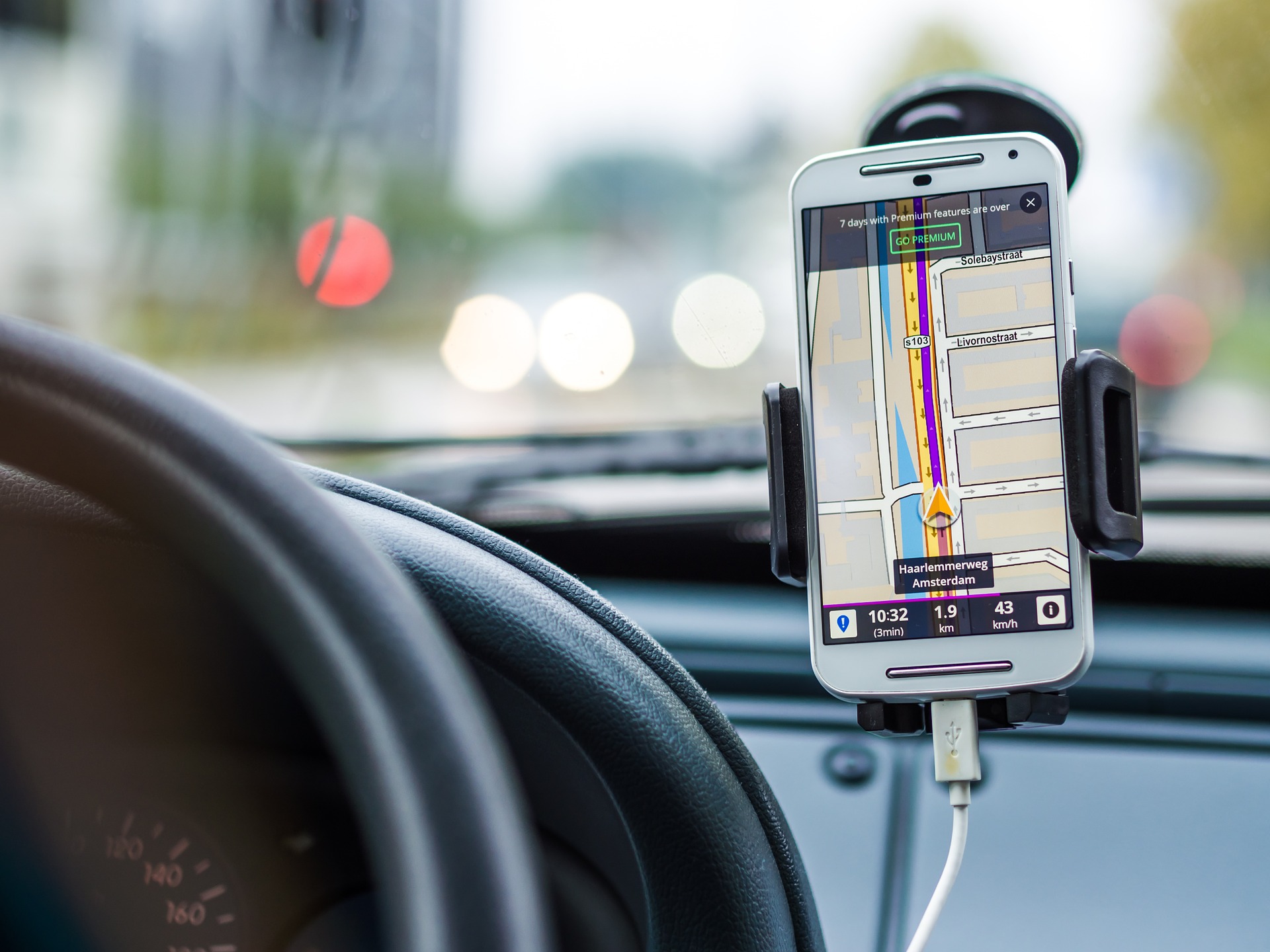The internet has proven to be a disruptive force for the retail sector. It has completely transformed the way people shop and make purchase decisions. It is no longer as simple as walking into a store, listening to the sales pitch, and making a purchase. Modern consumers aren’t just picky, they’re also tech-savvy. They don’t hesitate to conduct online research and clearly investigate a product or service before they make a purchase.
Retail business owners have had to adapt to this shift in dynamics. They have to use modern technology and software resources to beat the competition. One of the most popular and effective resources in their arsenal is location analytics. In this article, we discuss what it is and how it can transform retail businesses.
What are Location Analytics?
Location analytics provides geospatial information and business data. This data is typically presented in a visual form through maps, graphics, tables, charts, and diagrams. Location data provides insight into how customer behaviour varies from one location to another. It helps you develop a better understanding of your target demographic and make decisions accordingly.
The information is collected from various government and industry sources. A GIS mapping software simplifies raw data and statistics to ensure everyone can understand the information.
What are the Elements of a GIS System?
The GIS system is an efficient tool and can help retail businesses of all sizes flourish. You can set your parameters and choose what kind of data you want to see. This system is user-friendly and business owners can quickly understand all of its functions after using it a few times. Here’s a look at the most important components of the GIS software:
- Maps – This system provides geospatial data, which means a map is an important aspect of the software program. All of the information is displayed visually on the map so you can get a better sense of the demographic.
- Data – The GIS software collects data from different sources like local and national governments, industry sources, software giants like Google, etc.
- Analytics – Just collecting data isn’t enough, it needs to be analysed and organized to ensure people can understand it. Analytics reports highlight the most relevant aspects of the information collected so you can make the most informed decision.
All this is carried out through an app or a cloud-based platform. You can access, analyse, filter, and save information on a single interface.
Brief Breakdown of Retail Location Analytics
Location analytics software programs have a straightforward mission. They’re designed to extract the most relevant information from dense data sets and present them in an easy-to-read format. Here’s a brief breakdown of what happens:
- The software collects and filters the data based on the parameters you set.
- The information is broken down into Geo-selection, heat maps, groups, layers, and KPIs.
- The data is then presented to the user to view and analyze.
Retail business owners can use this information to refine customer experiences, improve products and services, and to optimize their marketing campaigns.
